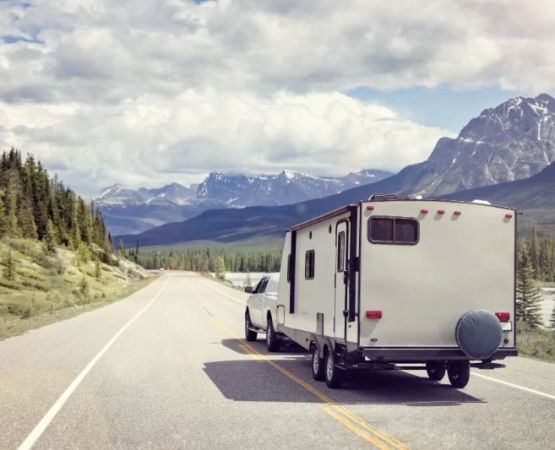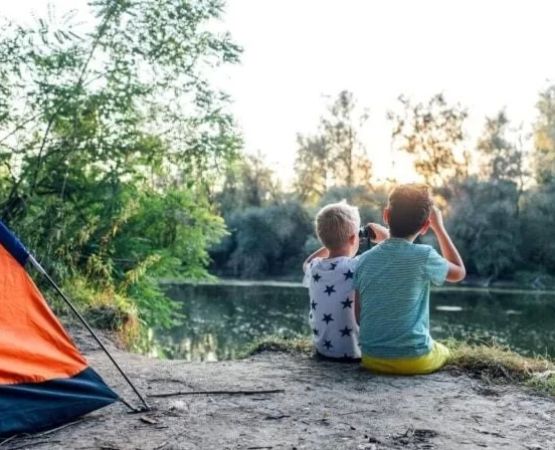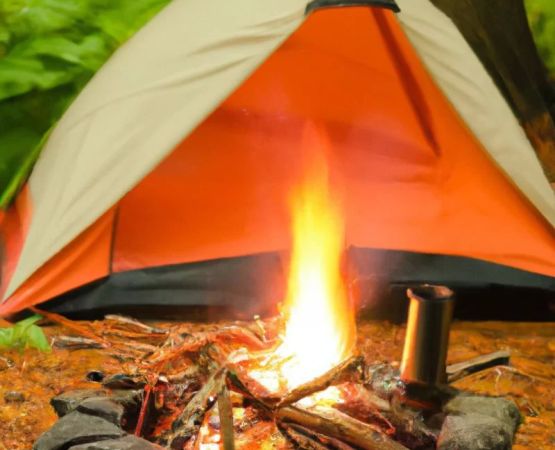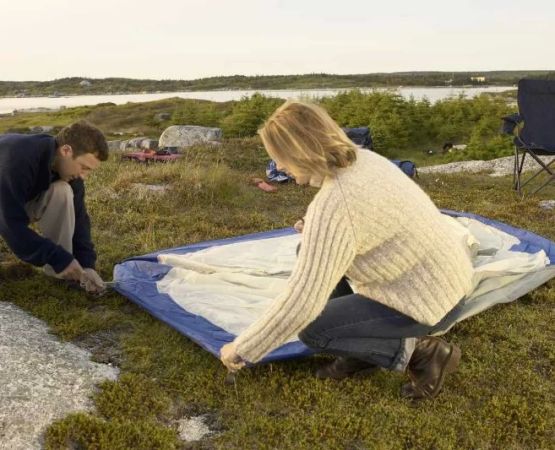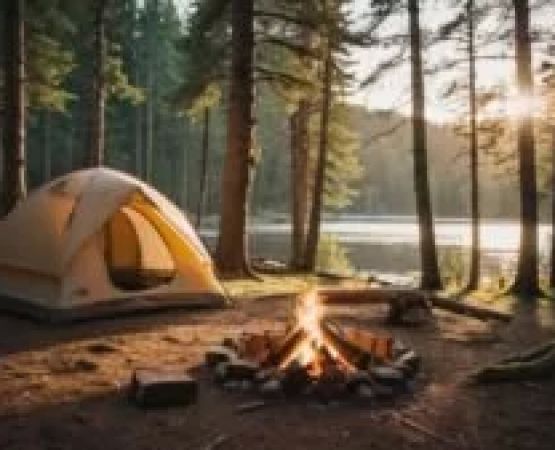How to Stay Comfortable While Camping in the Cold
- Understanding Cold Weather Camping
- Key Gear for Cold Weather Camping
- How to Dress for Cold Weather Camping
- Camping Tips for Staying Warm at Night
- Real-Life Cold Weather Camping Experiences
- Where to Go Camping in Cold Weather
1. Understanding Cold Weather Camping
Camping in cold weather can seem daunting, but with the right preparation, it can be an incredibly rewarding experience. The crisp air, stunning landscapes, and fewer crowds are just some of the advantages of cold weather camping. However, it's essential to understand the challenges that come with it, such as staying warm and managing condensation in your tent. By taking a few precautions and having the right gear, you can enjoy the outdoors even in chilly temperatures.
Cold weather camping is typically defined as camping in temperatures below 50°F (10°C). Whether you're camping in the early spring, late fall, or even in winter, proper planning is crucial to staying comfortable. The key to a successful cold weather camping trip lies in your equipment, clothing, and understanding of how to regulate body temperature while exposed to the elements.
2. Key Gear for Cold Weather Camping
When it comes to staying comfortable while camping in the cold, having the right gear is crucial. Here's a list of essential items that can make all the difference in maintaining warmth and comfort:
- Four-Season Tent: A sturdy, well-insulated tent will help protect you from cold winds and keep your body heat trapped inside. Make sure it has a solid rainfly and is designed for winter conditions to prevent snow or rain from seeping in.
- Sleeping Bag: Choose a sleeping bag rated for temperatures lower than the coldest temperature you expect. Down sleeping bags are lightweight and insulating, while synthetic bags perform better in wet conditions.
- Sleeping Pad: A sleeping pad provides insulation from the cold ground. An insulated pad will help maintain warmth even in freezing conditions.
- Clothing Layers: Layering is key to staying warm. Start with a moisture-wicking base layer, followed by an insulating mid-layer, and finish with a waterproof and windproof outer layer to protect from the elements.
- Headlamp: Shorter days in cold weather mean more time spent in the dark. A good quality headlamp allows you to stay hands-free while navigating around camp.
3. How to Dress for Cold Weather Camping
Proper clothing is one of the most important aspects of staying comfortable while camping in the cold. Here are some tips on how to dress appropriately:
- Base Layer: Choose a moisture-wicking base layer to keep sweat away from your skin. Merino wool or synthetic fabrics are great options that provide warmth and wick moisture effectively.
- Insulating Layer: An insulating layer, such as a fleece jacket or down vest, will trap body heat. It’s essential to have this layer for warmth, especially in freezing temperatures.
- Outer Layer: A windproof and waterproof jacket or pants will protect you from the cold wind and wet conditions. Gore-Tex or other breathable, waterproof materials are ideal.
- Hats, Gloves, and Scarves: A warm hat that covers your ears, insulated gloves, and a scarf can help prevent heat loss from your extremities, keeping you warm even in frigid conditions.
- Footwear: Insulated, waterproof boots will keep your feet warm and dry. Wool socks provide excellent warmth and moisture-wicking properties, making them a must for cold weather camping.
4. Camping Tips for Staying Warm at Night
Staying warm at night is one of the biggest challenges when camping in the cold. Here are some expert tips to ensure a warm and restful sleep:
- Insulate the Ground: Make sure your sleeping pad is adequately insulated to prevent heat loss from the cold ground. Use a thicker, insulated pad or place additional foam or a closed-cell pad underneath your sleeping pad.
- Use a Sleeping Bag Liner: A sleeping bag liner adds an extra layer of insulation and can increase the warmth of your sleeping bag by several degrees.
- Eat Before Bed: Eating a high-calorie meal before bedtime can help your body generate heat overnight. Avoid caffeine, as it can disrupt sleep.
- Stay Dry: Moisture from sweat or damp clothing can quickly sap your body heat. Change into dry clothes before getting into your sleeping bag, and keep your gear dry by using waterproof covers or storing it inside the tent.
5. Real-Life Cold Weather Camping Experiences
Many campers have shared their cold weather camping experiences, offering valuable insights into how to stay comfortable in chilly conditions. For example, Sarah, an avid camper, recalls her first winter camping trip in the Rocky Mountains. “The first night was rough,” she says. “But once I figured out how to layer my clothes and keep my sleeping bag dry, it got a lot better. It’s all about preparing properly and learning what works for you.”
Another camper, Tom, shares how he used an insulated liner inside his four-season tent during a sub-zero camping trip in Canada. “The tent was great, but what really made the difference was the extra insulation,” he explains. “It’s amazing how much of an impact the right gear can have on your comfort.”
6. Where to Go Camping in Cold Weather
If you’re looking to experience cold weather camping, several locations offer incredible opportunities for adventure. For instance, the Pine Cliff Resort in the northern wilderness provides the perfect setting for winter camping. Located in a serene, snow-covered landscape, this destination offers cozy cabins and ample space for winter hiking, skiing, and more.
Other popular cold weather camping destinations include Yellowstone National Park in winter, the Adirondack Mountains, and the Canadian Rockies, each providing breathtaking scenery and outdoor activities that allow campers to enjoy the winter season.


